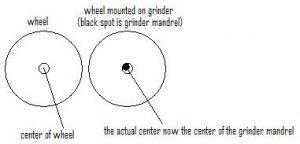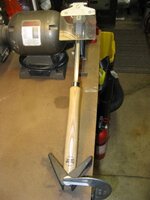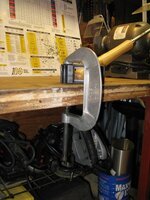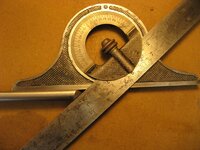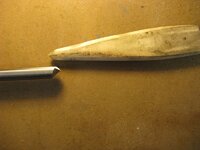another thing to consider is, Is the wheel actually getting to the cutting edge of the gouge. IE if you have been sharpening on a belt sander, the bottom bevel of your gouge is flat. On a wheel, that bottom bevel is going to be slightly radiused. the first time you sharpen on a new wheel that radius has to be reset, and will be reset each time if you don't make some sort of measuring device that puts the butt of the tool the exact same distance from the wheel each time. If you don't have the distance the same, you can easily grind what looks like a nice smooth bevel on the tool without ever touching the actual cutting edge. Just make sure that when you sharpen, you actually see sparks coming up over the top of the gouge. You should also feel a slight "burr" or raised lip of metal on the top of the gouge inside the arc of the tool. if you don't feel that "burr" or "Feather edge" all the way across, you didn't actually sharpen the tool's whole cutting edge.
Not the only possibility, but a likely one.

